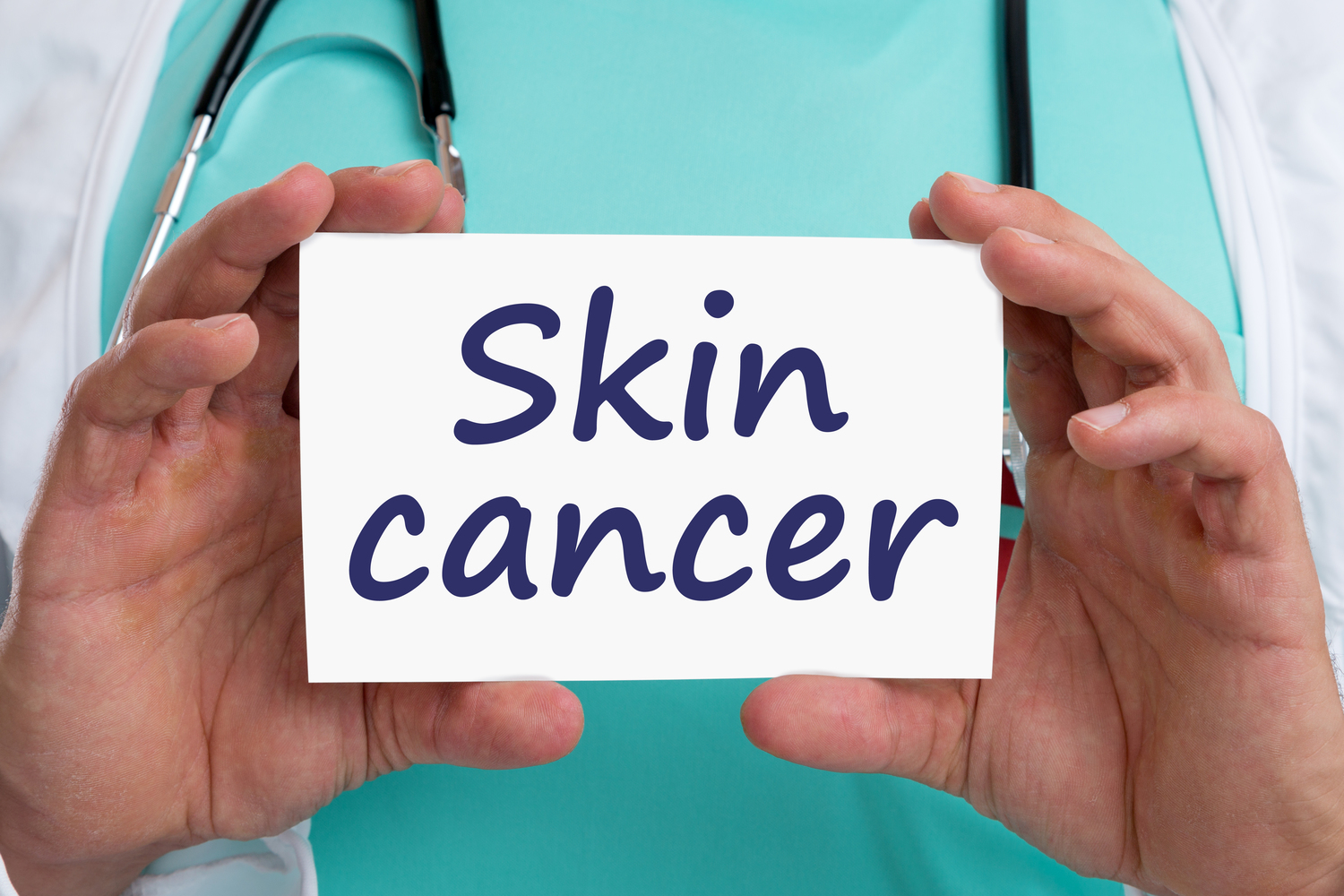
Diagnosis And Treatment Of Different Types Of Skin Cancer
Formation of lumps on the surface of the skin due to uncontrollable growth of skin cells is called skin cancer. These lumps are formed on the upper layer of the skin called the epidermis and expand in size and change colours as the condition worsens. If this condition is left untreated it could lead to life-threatening situations. Skin cancer is categorized into three different types which are:
- Basal cell carcinoma
This is the most common type and can be cured with timely treatment.
- Squamous cell carcinoma
It is the second most common type and can be curable too.
- Melanoma
It is less common but it is the deadliest type and often leads to death.
Causes of different types of skin cancer
The main reason for the cause of the different types of skin cancer is frequent exposure to UV light from sunlight or tanning beds or lights. There are several other risk factors associated with it. Individuals at a higher risk of skin cancer need to take proper precautions to avoid the damage caused by UV lights. Using sunscreen lotions and proper clothing to cover their body can lower the risk of skin cancer.
Diagnosis of different types of skin cancer
When there is a growth of abnormal moles which looks different in size, shape and changes color when compared to ordinary mole a doctor’s appointment is required. The doctor will examine the affected area further to look for scaling, dry patches or bleeding. If found suspicious the doctor would recommend a biopsy. A biopsy is a safe and simple procedure where a small portion of the affected area is removed to be observed under a microscope. Once skin cancer is diagnosed further tests or skin screening are done to determine the different types of skin cancer.
Treatment options for different types of skin cancer
Treatments depend on the different types of skin cancer. For precancerous skin, lesions called actinic keratoses treatment will vary depending upon the size, shape and location of the lesions. If cancer is diagnosed at an early stage, a skin biopsy is done to remove the entire growth. In other cases, additional treatment is required.
- Freezing
Lesions formed during early skin cancer are frozen with liquid nitrogen (Cryosurgery). This kills the cancerous tissues and they drop off once thawed.
- Excisional Surgery
The cancerous tissue along with few healthy tissues are removed through a wide excision to eradicate the growth of cancer.
- Mohs Surgery
This procedure is done in conditions where cancer is difficult to treat. In this procedure, the doctor removes the skin layer by layer until no cancer cells remain. It is usually done to treat cancer in facial areas.
- Radiation Therapy
In this procedure cancer cells are eradicated with the help of high energy beams such as X-rays. Radiation therapy is usually suggested after surgery to remove cancer cells completely.
- Chemotherapy
Drugs are given orally or through IV to target cancer cells in this procedure. It helps in removing cancer that has spread to other parts of the body.
- Photodynamic Therapy
The treatment combines laser light and drugs to kill cancer cells.


